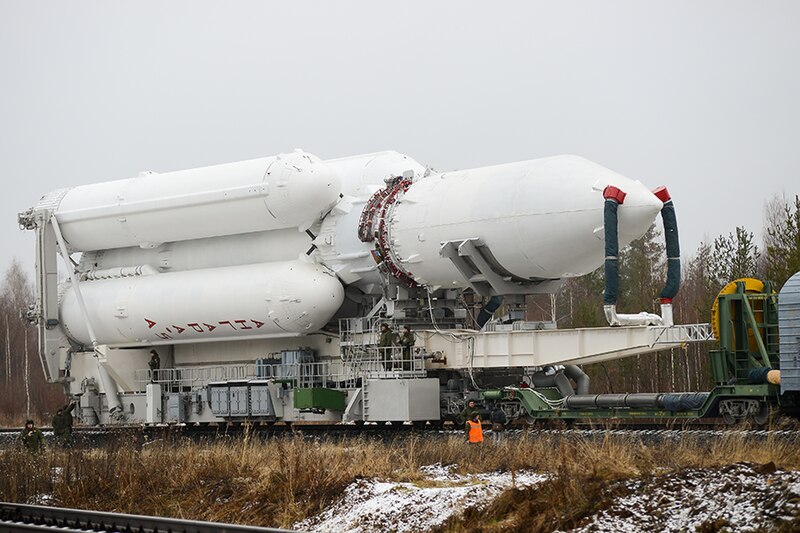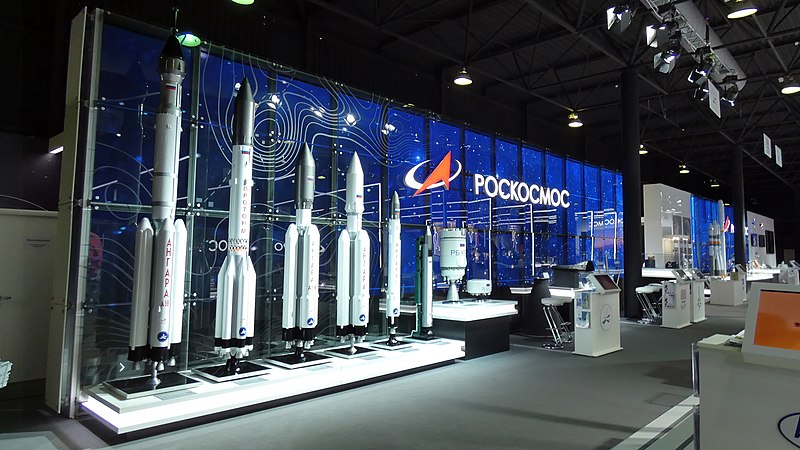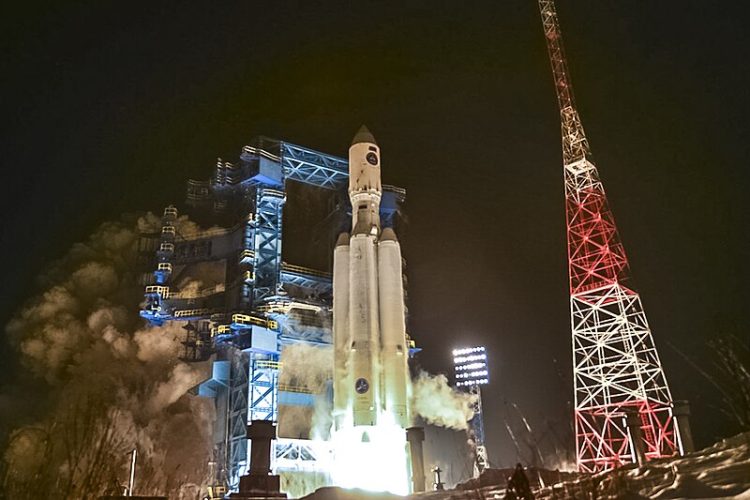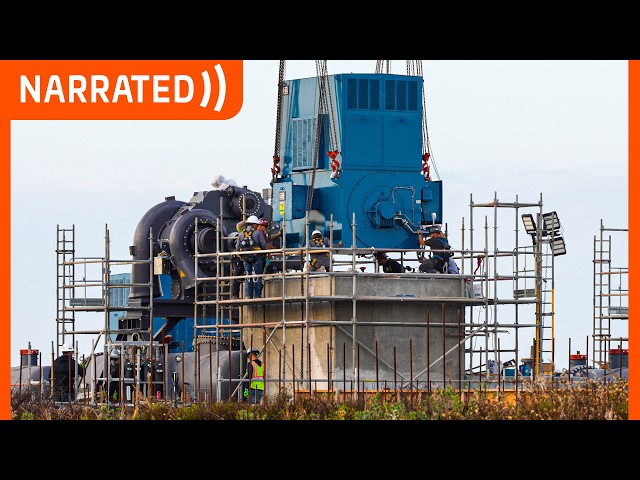
On April 11, the Angara A5 took off for its fourth orbital test launch, marking its first launch from the Vostochny Cosmodrome in Russia’s remote eastern region. This 179-foot-tall (54.5 meters) rocket is entirely constructed from Russian components and employs a more eco-friendly propellant compared to Russia’s previous heavy-lift rocket, the Proton-M.
Read also:
-
NASA’s Ingenuity Helicopter Covers 10.6 Miles on Mars (VIDEO)
-
Top Five Most Earth-Like Exoplanets
-
NASA’s Mars Sample Return Mission Faces Overhaul
After a failed launch attempt on April 9 and a postponed second try on April 10, the recent launch marked the fourth instance of Roscosmos sending off the Angara A5 rocket. Its initial test flight happened in 2014, followed by a second one in 2020.
In 2021, Russia’s space agency undertook the rocket’s third test mission, but it veered off its intended orbit due to an anomaly in its second stage.
On April 11, Roscosmos confirmed the success of the flight through a Telegram update, announcing that the Angara A5 effectively deployed a cubesat developed by Avant Space into a low Earth orbit.

Read Also: Russia Rejects US Journalist Gershkovich’s Detention Appeal !!!
The cubesat named Gagarinets, carried into orbit by the Angara A5, is slated for testing a laser system engineered by Avant Space. This system is crafted to display images like QR codes or advertisements in the night sky.
Avant Space asserts that a satellite constellation orbiting at altitudes between 300 to 372 miles (500 to 600 kilometers) will have the capability to project images that can be seen even in urban areas with significant light pollution. These simulated celestial displays are expected to be visible to millions of people for durations ranging from three to five minutes, as per Avant Space’s claims.









